What can be treated with ammonia at a summer cottage?
The use of ammonia in a garden plot is a common technique among summer residents to increase soil fertility, protect plants from possible diseases, and pest attacks. We will learn how to use ammonia for seedlings of various plants, whether adult specimens need it, how to use it correctly.
Used terms "ammonia", "ammonia" and "ammonia" should be understood in the only meaning - ammonia.
What is the use of ammonia in the garden
Physically, ammonia is a colorless gas, but with a pungent characteristic odor. Dissolving in water, it forms a substance - ammonia, which is used in medicine, everyday life, and technology.
Medical ammonia has a concentration of 10%, technical - 25%. This is important to consider when preparing working solutions.
The main value of ammonia is its nitrogen component, which, in contrast to atmospheric nitrogen, is easily assimilated by plants, regardless of how it is used - to spray the plants or water them at the root.
Another quality of a medical and technical drug - a pungent unpleasant odor - is used to scare away many pests - aphids, bears, ants, onion and carrot flies, wireworms.
Application methods and timing
Depending on the intended purpose, solutions of ammonia are taken in various concentrations and quantities. They are used by spraying plants or watering the soil.
Against pests
To scare away the bear, gnawing the stems of young plants (cabbage, tomatoes, peppers, cucumbers), before planting seedlings, each hole is spilled with 0.5 liters of 1% ammonia solution (made from 10 ml of medical ammonia and 10 liters of water).
To prevent the appearance of onion and carrot flies, secretive hobonics and other pests in June, the beds are watered weekly with a 2.5% solution (25 ml is dissolved in 10 liters of water).
If aphids appear on the plants, various midges hover around the plantings, the plants are massively sprayed with a composition of the following components:
- 50 ml of ammonia;
- 50 g of laundry soap;
- 10 liters of water.
Plants, as a rule, are treated 2-3 times every other day until the pests completely disappear. Currants are processed every 10 days.
To protect against wireworm, a 1% solution is used - half a liter is poured under each plant from among root crops, tuberous, nightshade.
A 1% solution is used as a preventive measure against the appearance of pests. They are watered with cultural plantings at the root.
It is possible to comprehensively treat an orchard with ammonia from most harmful insects with an effective solution:
- 5 ml of fir essential oil;
- 5 ml of pharmaceutical iodine;
- boric acid solution from half a teaspoon of powder and 100 ml of hot water;
- 2 tbsp. l. birch tar;
- 30 ml of ammonia;
- 10 liters of water.
The resulting composition is diluted with water (1 glass of the product per bucket of water) and sprayed on trees and bushes. If necessary, repeat the spraying after a week. The main advantage of such spraying is that all plants can be treated with ammonia during any growing season, except for flowering.
Using ammonia to spray plants against insects does not lead to negative consequences even during fruiting. Whatever fruits or vegetables are processed, the product can be easily washed off with plain water.
Top dressing with ammonia
Ammonia as a rapidly assimilated fertilizer is used if:
- buds wither, crumble, do not form in due time;
- the underdevelopment of the leaves is expressed;
- the lower leaves are pale or yellow;
- the stem is fragile, thin;
- the growth of the plant has slowed down or stopped.
In such cases, ammonia acts as an "ambulance": the effect becomes apparent 3-5 days after spraying.
To replenish the nitrogen deficiency, first of all, a basic solution of 50 ml of ammonia and 4 liters of water is made. Working solutions are prepared based on the degree of nitrogen deficiency.
- Small deficit - 1 tbsp. l. working fluid for 10 liters of water. Usually used for feeding indoor plants and seedlings.
- Medium - 3 tbsp. l. 10 liters of water. Most frequently used.
- Strong - 1 tsp. 1 liter. It is used extremely rarely when nitrogen deficiency threatens plant development.
The described solutions are applied at the root no more than once a week. At the same time, they closely monitor the state of fertilized plants: the lush growth of greenery, a small number of buds and flowers indicate an excess of nitrogen, feeding should be stopped immediately.
Regular treatment of plantings with ammonia prevents soil acidification.
Features of feeding various crops
Each plant has its own need for nitrogen. For some garden and horticultural crops, ammonia solutions are prepared according to an individual method.
- Tomatoes and other nightshades
They are fed immediately after landing in open ground. Top dressing is prepared from 2 tbsp. l. ammonia and 10 liters of water. The plants are preliminarily watered, then fertilizer is applied at the rate of 1 liter per 1 bush. Repeat after a week.
- Cucumbers
A standard root dressing is prepared from 3 tbsp. l. ammonia diluted in 10 liters of water. Watered every 10-15 days. During the period of fruit setting, use a stronger solution of 1 tsp. and 1.5 liters of water, poured under the root every 4 days.
It is undesirable to feed greenhouse crops with ammonia, since in closed rooms this can lead to poisoning even when working with respirators.
- Garlic
With signs of acute nitrogen deficiency, the feeding solution consists of 1 tbsp. l. 25% ammonia and a liter of water. Contribute once.
Preventive feeding is prepared from 20 ml of pharmaceutical ammonia and a bucket of water. This is how the garlic is fed every 7-10 days 3 or 4 times.
- Onion
A typical strong solution is poured over wet soil onions grown on a feather. To make the turnip juicy and large, use a typical weak solution. The frequency of feeding is weekly for a month.
- Strawberry
They are fed with ammonia at least 2 times per season in two approaches. The first pair of dressings is applied in the spring, 15-20 days before the buds open. Autumn fertilization is carried out from the second half of September, when the plants are preparing for winter.
The solution is prepared at the rate of 4 ml of ammonia per liter of water, the consumption is half a liter for each bush. Re-feeding - after 7-10 days.
It is undesirable to water the strawberries with ammonia during the fruiting period. If circumstances force this, the berries are washed more thoroughly before use.
Other plants also need an additional portion of nitrogen, which ammonia easily gives:
- hydrangea;
- clematis;
- lily and other bulbous flowers;
- geranium;
- peonies;
- dahlias;
- pumpkin;
- zucchini;
- beet;
- berries - raspberries, blackberries, gooseberries, currants;
- apple, cherry, sweet cherry, plum.
Under normal conditions, solutions of medium concentration are used, adding them under the root after watering.
Flower gardens respond gratefully to foliar feeding with ammonia. Dissolve 15 ml of ammonia in 1 liter of water to spray the flower beds.
Ammonia is a godsend for summer residents. Due to its versatility (both fertilizer and insecticide), all plants in a vegetable garden or garden, flower beds, flower beds, lawns are treated with it without the risk of damaging the environment. It does not require the participation of bacteria for its absorption, so the result is achieved quickly. If the concentration of working solutions and the terms of their use are observed, summer residents receive an excellent return - a rich harvest, not overloaded with nitrates.
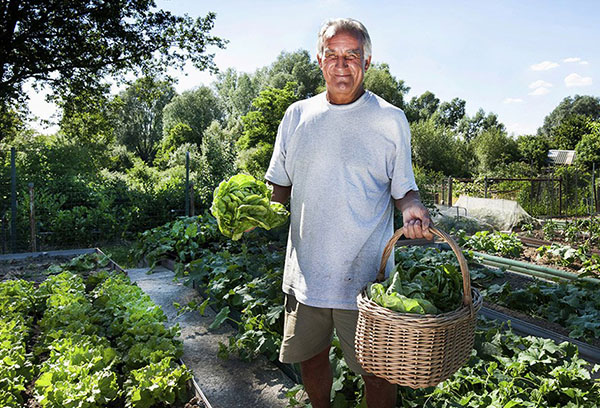
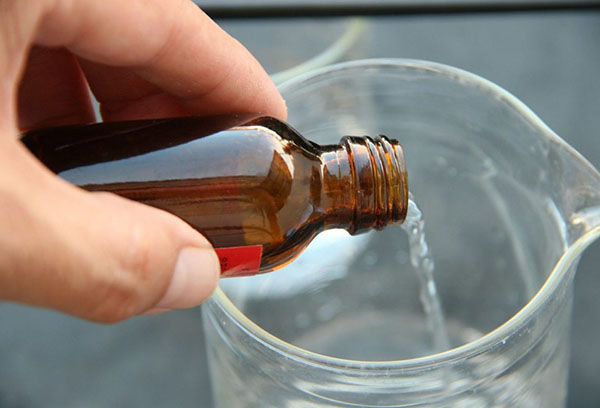
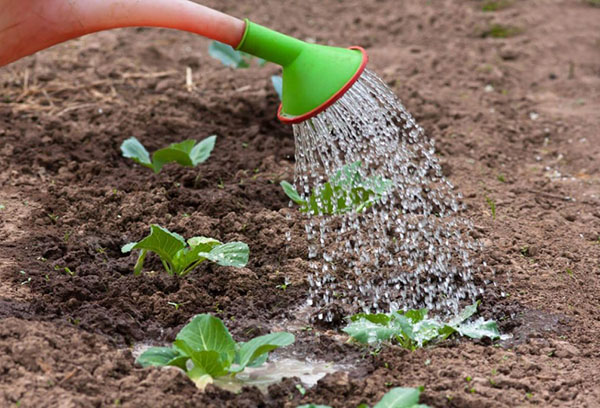
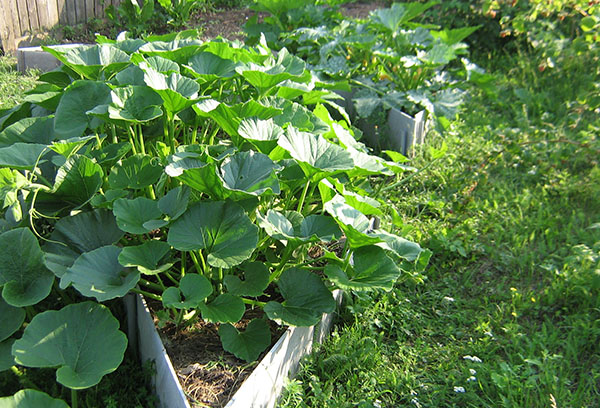
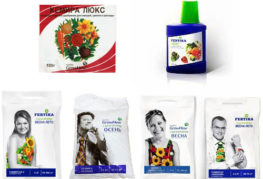
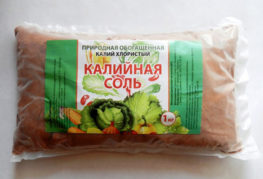
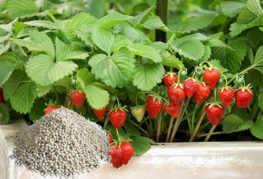
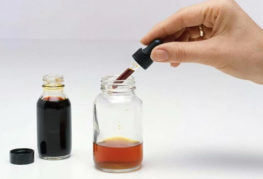
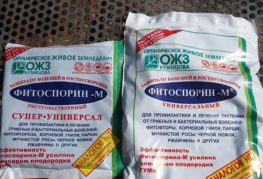
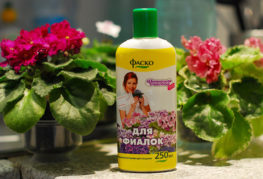
good article, but again, don't write where what% of ammonia is used
Can fruit trees be watered or not?
Yes you can.